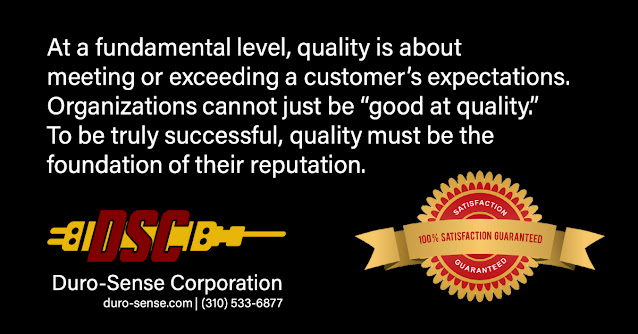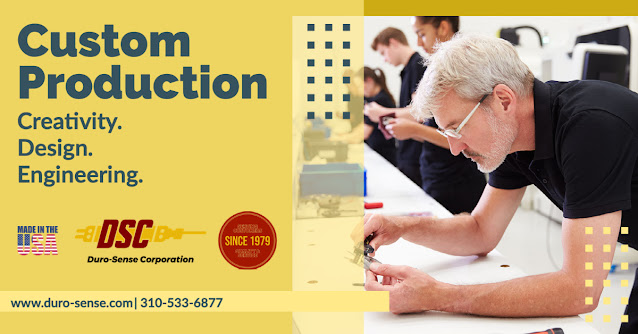In the United States, each thermocouple class carries a notation defined by a single letter. The Instrument Society of America (ISA) pioneered this method, which was introduced as an American Standard in 1964 to avoid proprietary names. The American National Standards Institute (ANSI-MC96.1, 1982) and the American Society for Testing and Materials (ASTM 230-87) use the National Institute of Standards and Technology Monograph 125 reference tables as the basis for standardization. As noted in the ANSI and ASTM standards, the letter designations define the tables. Thus, they may be applied to any thermocouple with a temperature-EMF relationship that agrees within the tolerances defined in the standards, irrespective of the thermocouple's composition.
Only a few of the approximately 300 different temperature measuring thermocouples defined and tested have achieved mass acceptance because they exhibit more desirable electrical and physical characteristics. Resultantly, these eight preferred thermocouple types are the most widely used in industrial, commercial, medical, and aerospace applications.
- Type B = platinum- 30% rhodium/platinum-6% rhodium - 0 to 1820°C *
- Type E = nickel-chromium alloy/a copper-nickel alloy -270 to 1000°C*
- Type J = iron/another slightly different copper-nickel alloy -210 to 1200°C*
- Type K = nickel - chromium alloy/nickel - aluminum alloy -270 to 1260°C
- Type N = nickel-chromium-silicon alloy nickel-silicon alloy -270 to 1300°C*
- Type R = platinum- 13% rhodium/platinum -50 to 1768°C*
- Type S = platinum- 10% rhodium/platinum -50 to 1768°C*
- Type T = copper/a copper-nickel alloy -270 to 400°C*
* temperature range as per NIST Table I: Thermocouple Types Definitions.
Certain combinations of alloys, such as Type J and K, have become popular as industry standards. Cost, availability, melting point, chemical properties, stability, and output are all drivers for thermocouple application. Different types of thermocouples are best suited for different uses/applications. Thermocouple selection also depends on the temperature range and accuracy needed. Other selection criteria include the chemical inertness of the thermocouple material and whether it is magnetic or not.
For more information about thermocouples, contact Duro-Sense by calling 310-533-6877 or visiting https://duro-sense.com.






